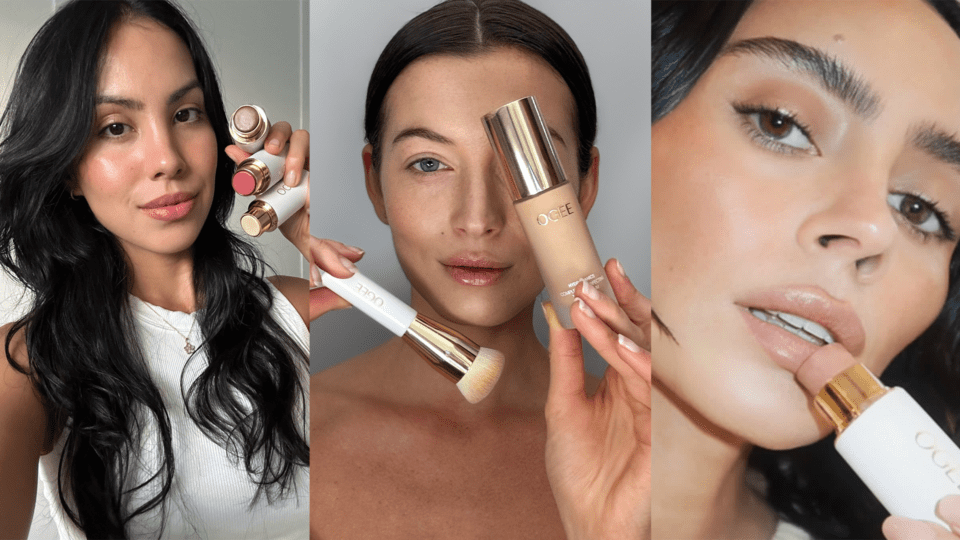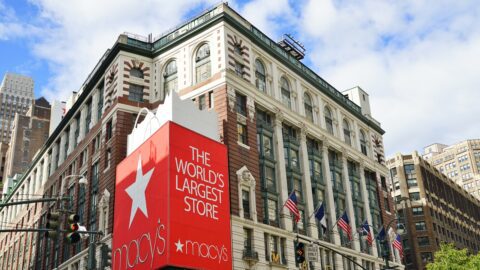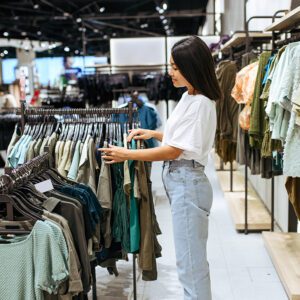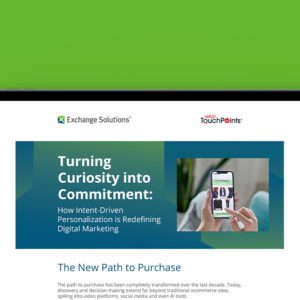Ogee provides makeup and skincare products that are “safe for your skin, safe for the planet.” But while sustainability may be a top consideration for some consumers, efficacy and high quality may be critical differentiators for others. This was a lesson learned quickly by Co-founder and Chief Marketing Officer Alex Stark as he shaped the marketing strategy for Ogee, which burst onto the DTC scene in 2014.
Over the past 10+ years, Ogee has evolved into a full-fledged omnichannel brand. Thanks to its “spiderweb” of creator partners and a tried-and-true advertising relationship with Meta, the brand has been able to effectively reach different consumer cohorts at all stages of the marketing funnel.
“Meta has been the driving factor that helped us grow to where we are now,” Stark said in an interview with Retail TouchPoints. “At first, we were outsourcing marketing, but we weren’t getting the results we needed so I got obsessed with the marketing side and learned Meta — and our business was built on it.”
Having an impactful acquisition strategy on Meta was especially important in Ogee’s early days as an online-only brand when it was still building its core narrative. Initially, Stark and his co-founders Mark Rice and Abbott Stark (his brother) wanted to lean heavily into the product’s technical quality — all formulas are made of 70% organic ingredients.
However, “we quickly realized that in marketing, you can’t just tell your customers what you want to tell them. You have to tell your customers what they want to hear about your products,” Stark said. By leaning on a growing network of creators, Ogee has developed a more robust and relevant social media advertising strategy.
A Creator-Led Approach to Advertising
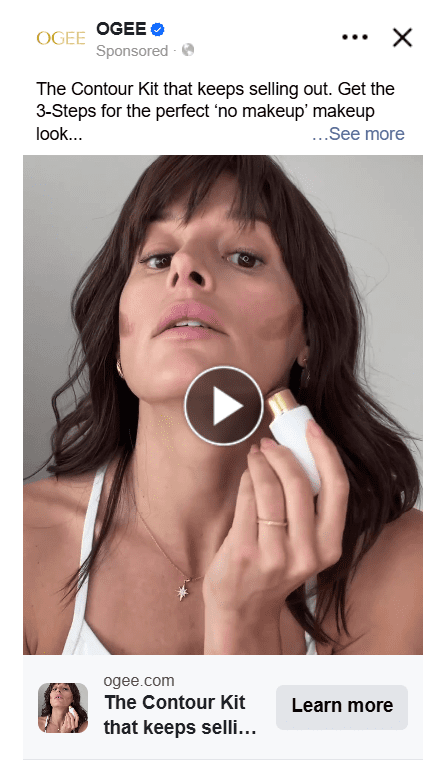
Ogee’s burgeoning creator program, coupled with Meta’s robust advertising tools, has played a central role in Ogee’s ability to scale and build a trove of diverse content for advertising campaigns, according to Stark. The brand previously used Meta’s micro-targeting capabilities to reach specific audiences, but now it taps different creators to hyper-tailor messaging for broader campaigns run using Advantage+ Shopping Campaigns.
Through the “hundreds and hundreds” of new creators it onboards every month, Ogee gets “tons of content that we can use for ads,” Stark explained. “These creators are always in the current period; they’re talking about what they care about and what they’re doing.”
Stark argues that because Ogee doesn’t provide scripted messaging to creators, this gives them the power to be more authentic and relevant in their approach. In fact, different creators may have specific attributes they like most about Ogee products. For example, one creator may like that the products are effective and have skincare benefits, while another may like how easy certain makeup products are to apply.
“It’s different things for different cohorts of people,” Stark explained. “To have that diversified content where people are talking about different things and why they’re buying has been a huge unlock for us, and our creator program is giving us all that content with diversified messages.
“They don’t always say our products are certified organic or any other messaging points that make our products special, because those main points aren’t why people buy,” Stark added.
Advertisement
A ‘Spiderweb Effect’ of Influence
Ogee’s creator program has grown so substantially that the company has hired five people internally to find new partners, manage all program components and determine which content to use for ad campaigns. This variety of content reflects the range of Ogee’s existing and potential customers.
The team then feeds this content to Meta for its Advantage+ Shopping Campaigns, which uses broader targeting to introduce Ogee to new customer segments and cohorts. “The creative does the targeting,” Stark said. “And the more freedom we give Meta to run and find the people we want, the better we do. Getting diversified creators to hit these different cohorts is a key. You get that amplification of tons of different people talking about the brand in different ways and from different walks of life. That has been huge for us.”
By tapping creators in different niche communities, Ogee has created a “spiderweb effect,” where each creator has played a role in helping build brand awareness until larger creators and influencers want to get involved. “A lot of times you think there’s one moment or one person that makes a product blow up, but it’s actually thousands of people that you don’t know who share the product with different people…and then we amplify that content with Meta ads,” Stark explained.

Despite the long-term debate of whether macro- or micro-influencers are more effective for advertising results, Stark believes brands should focus first and foremost on content quality, especially if they’re running Meta Advantage+ Shopping Campaigns (ASC).
“Brands should focus on people that make good, relevant content,” he said. “Even if someone has a million followers, if you’re running an ASC campaign, Meta is going to show that content to millions of people who are going to have no idea who that person is.”
Creating the Omnichannel Ripple Effect
As Ogee continues to grow online, it also is establishing its brick-and-mortar presence: the brand was recently added to all Bluemercury locations and is now venturing into Nordstrom stores. To support this ongoing growth, Ogee is diversifying its content mix even further to include a mix of lo-fi, mid-fi and hi-fi branded content that supports all stages of the buying journey.
“We’re doing more strategies with Meta that align more with upper-funnel objectives, like video views and reach, which we haven’t done much in the past,” Stark said. “Those objectives are harder to measure, but they’re effective.”
In fact, Ogee is working closely with Meta on upper-funnel creative to drive brand awareness and send geo-targeted ads to consumers in specific areas where Ogee is in stores. “As soon as we got in Bluemercury, we were selling out in their stores and became one of its top five brands,” said Stark. “There is a huge percentage of the population that will only shop in stores still, especially for consumer goods.”



